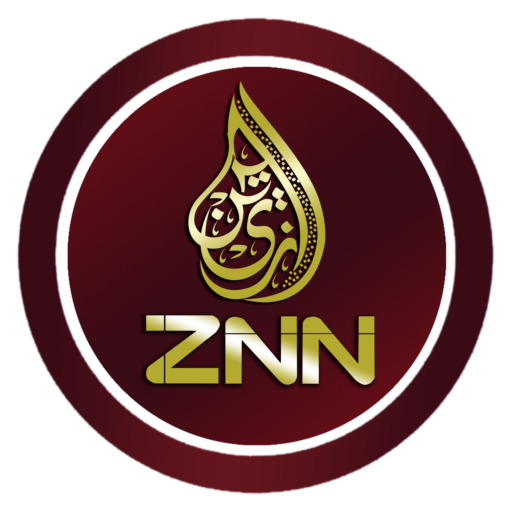Where is the Aurat March heading?

Since 2018, the Aurat March annual events have reclaimed the publics across different cities of Pakistan and have provoked political reaction, inspired scholarly papers, and stirred donor research interest.
But four years on, have they achieved tangible political outcomes, and can these be expected to graduate into a movement that is relevant to the political climate while measuring progress against the many demands laid out in its yearly manifestoes?
The Government of Pakistan, the Jamaat-e-Islami, Women’s Action Forum and many NGOs have been celebrating international women’s day for decades. However, two key contributions of the Aurat March to the spectrum of women’s movements have been the emergence of an entirely young leadership and a rude breaking of the silence on sexuality — a subject which it planted onto the public agenda. It has done so in bold, creative and voluntary ways rather than being politically motivated or project-driven.
The Aurat March marks a clear generational shift — as younger women lead this wave — but some internal differences have emerged over the past few years which betray strategic confusion and ideological departures. Additionally, by staying restricted as annual events, the Aurat March risks stagnation. To prevail, a committed vision is required with strategic aims and roadmaps because already the Aurat March’s edge has been blunted by successive backlash from multiple fronts.
Clerics and conservatives have taken deep offence to the Aurat March while the pietist women’s movements have flouted their docile image and launched an unprecedented direct confrontation with their own alternative, the Haya Marches.


